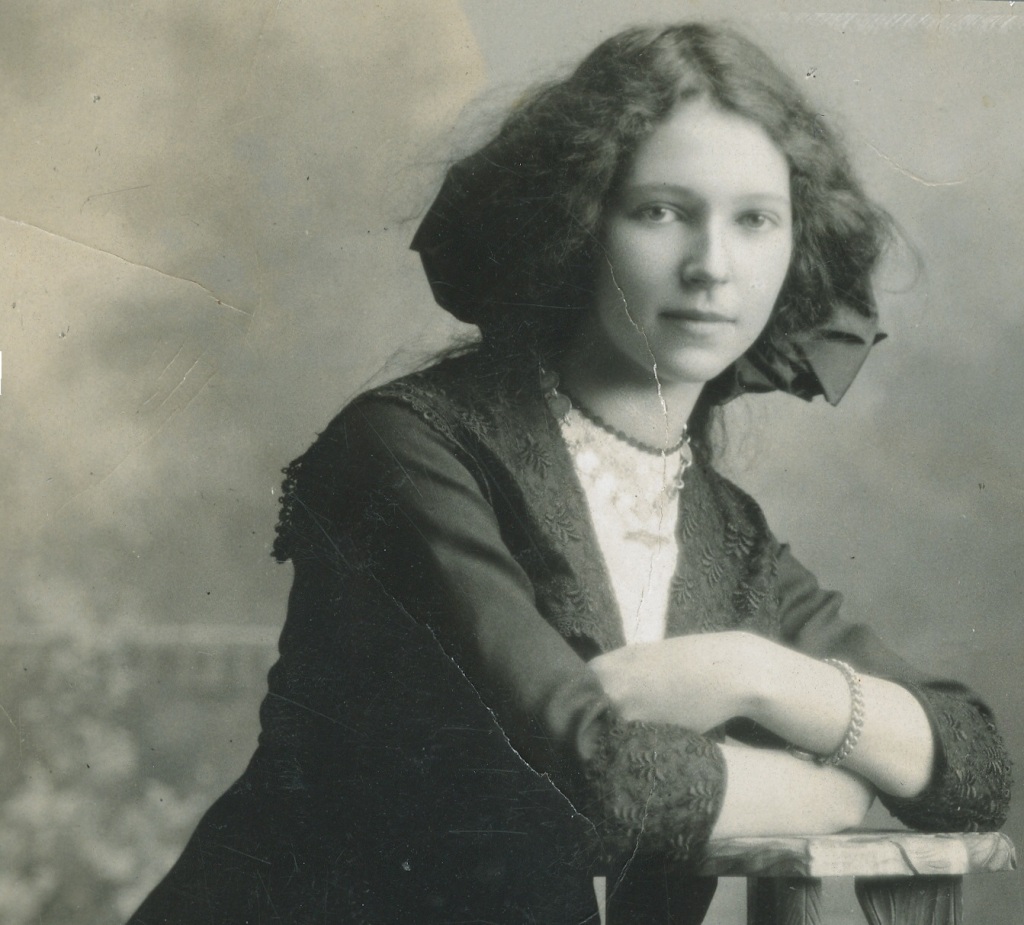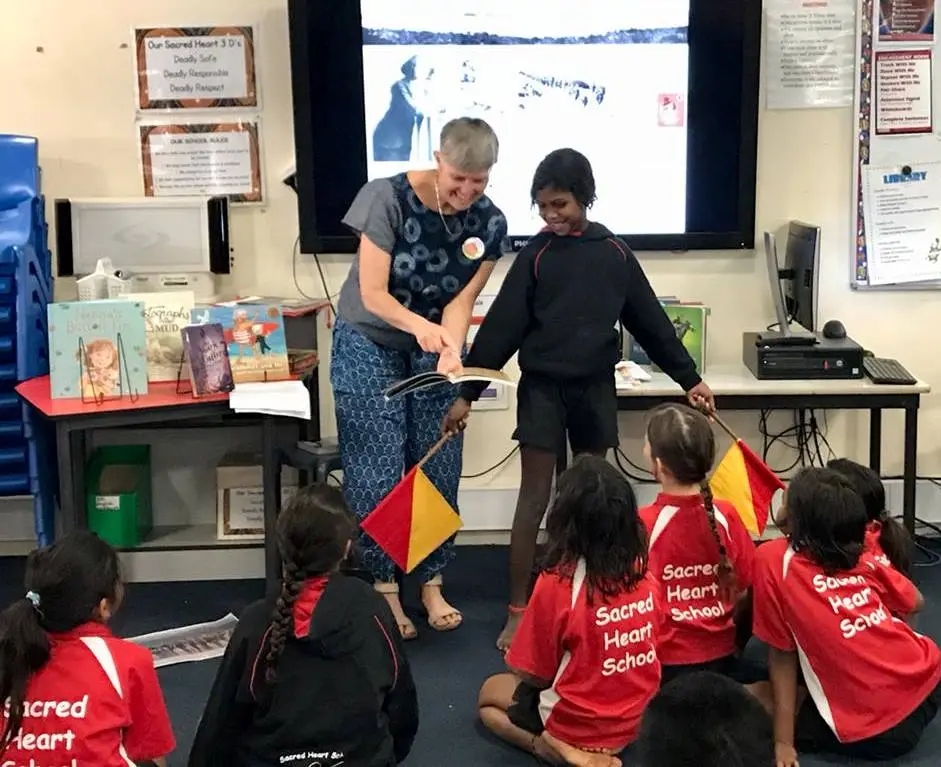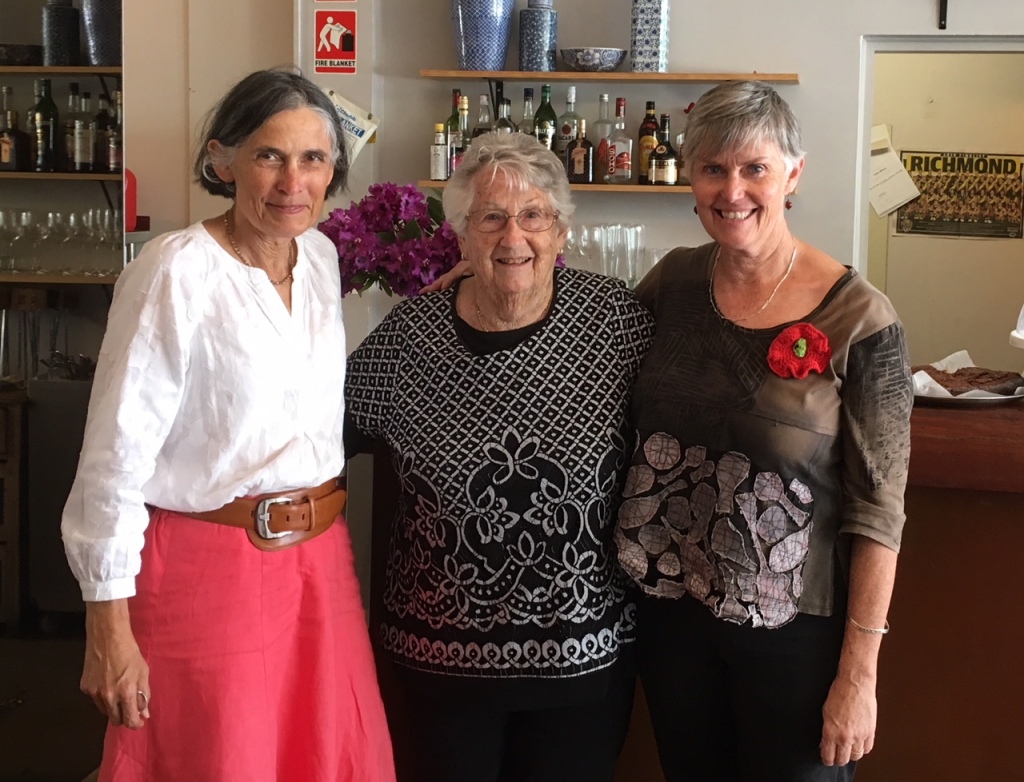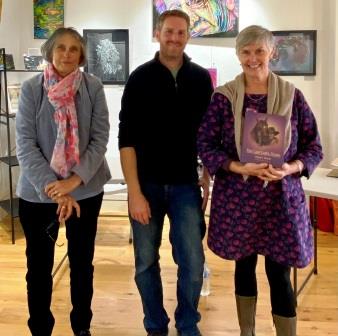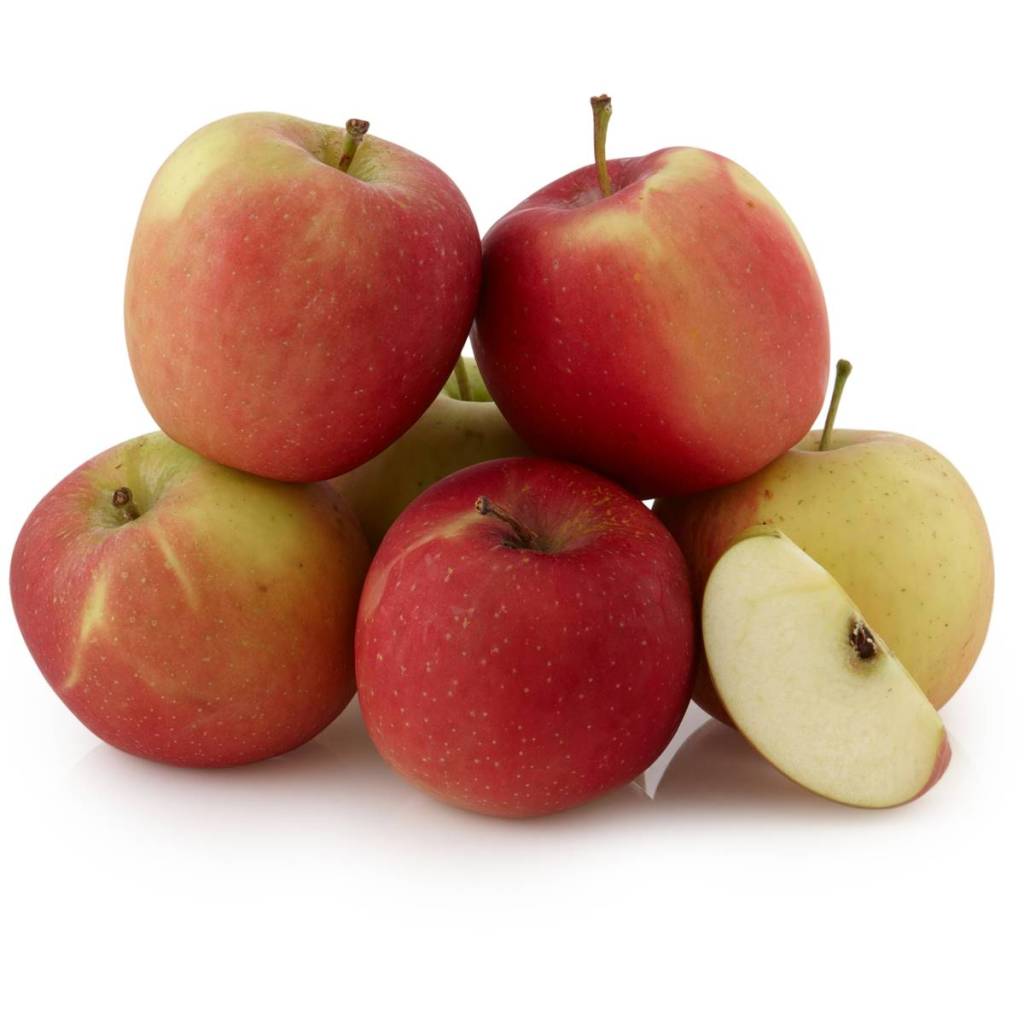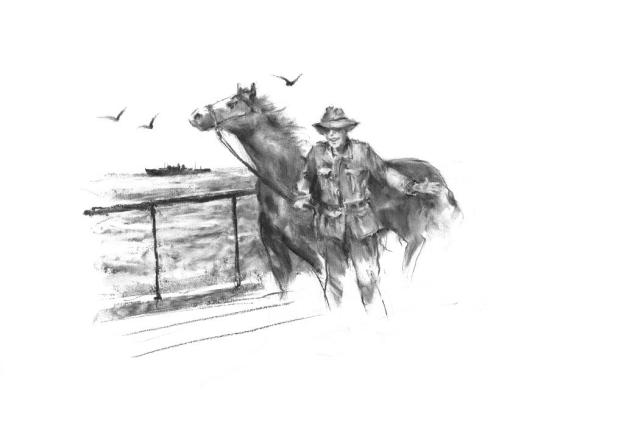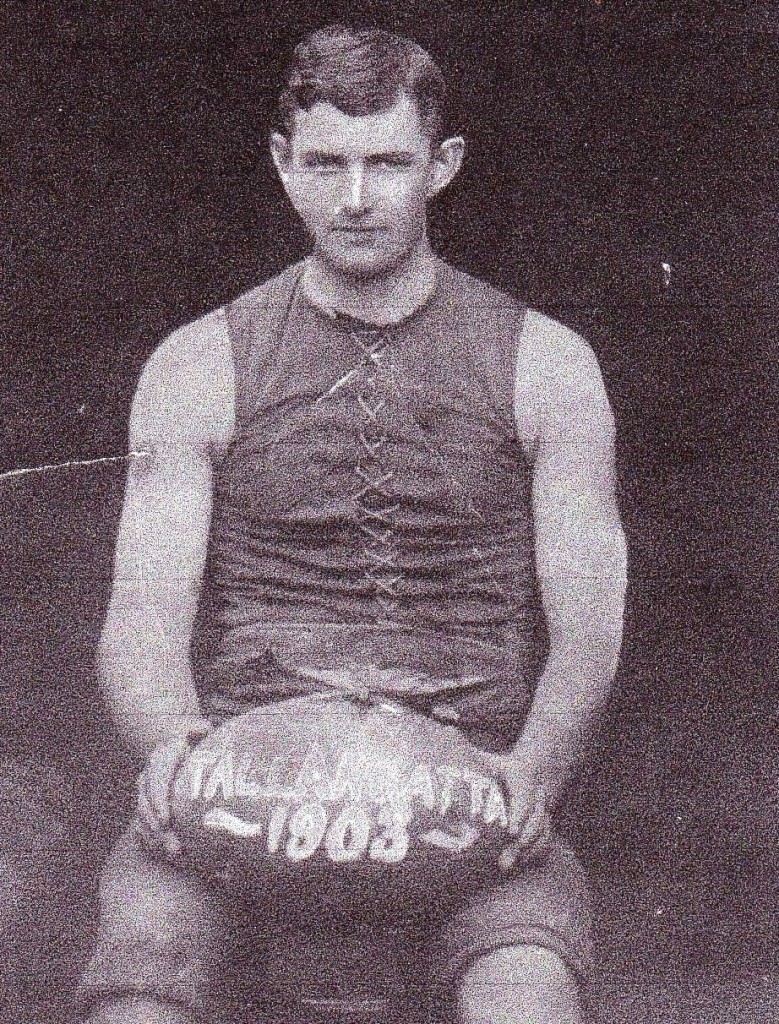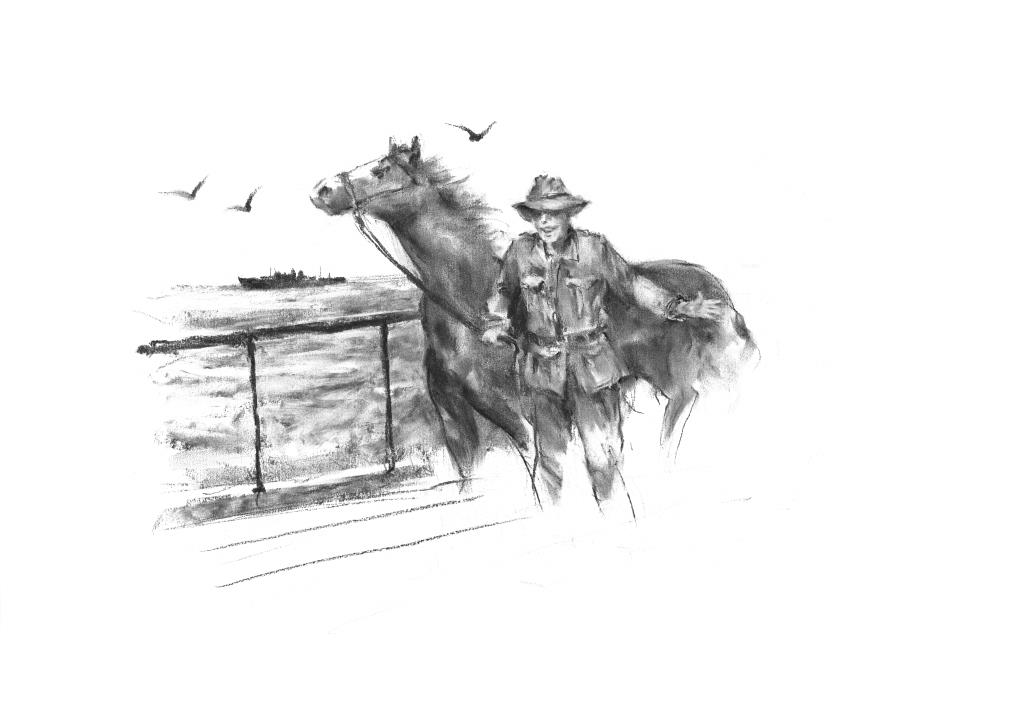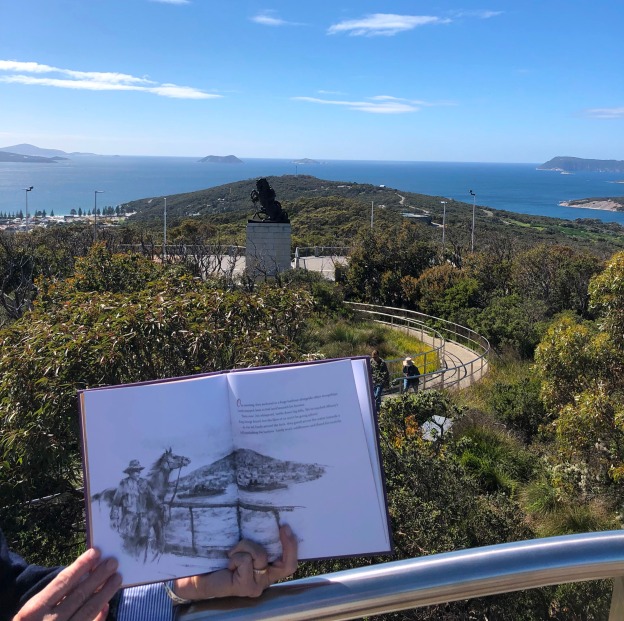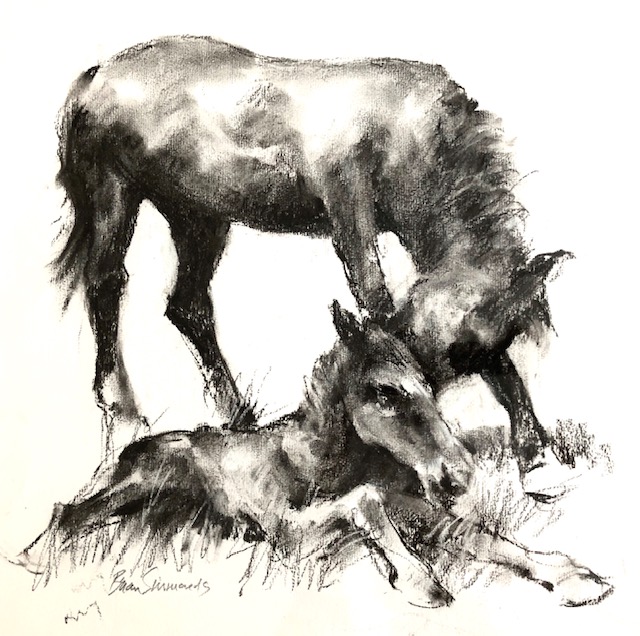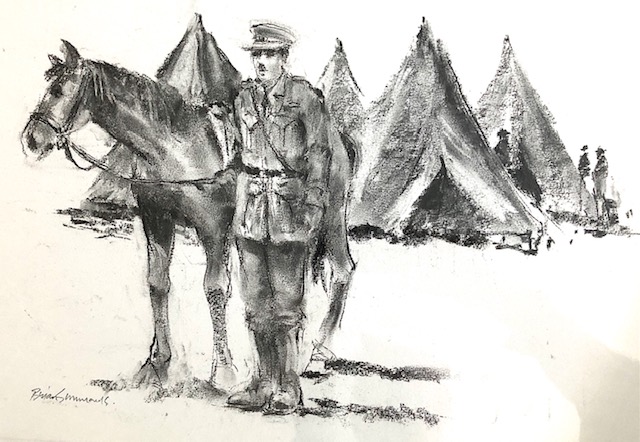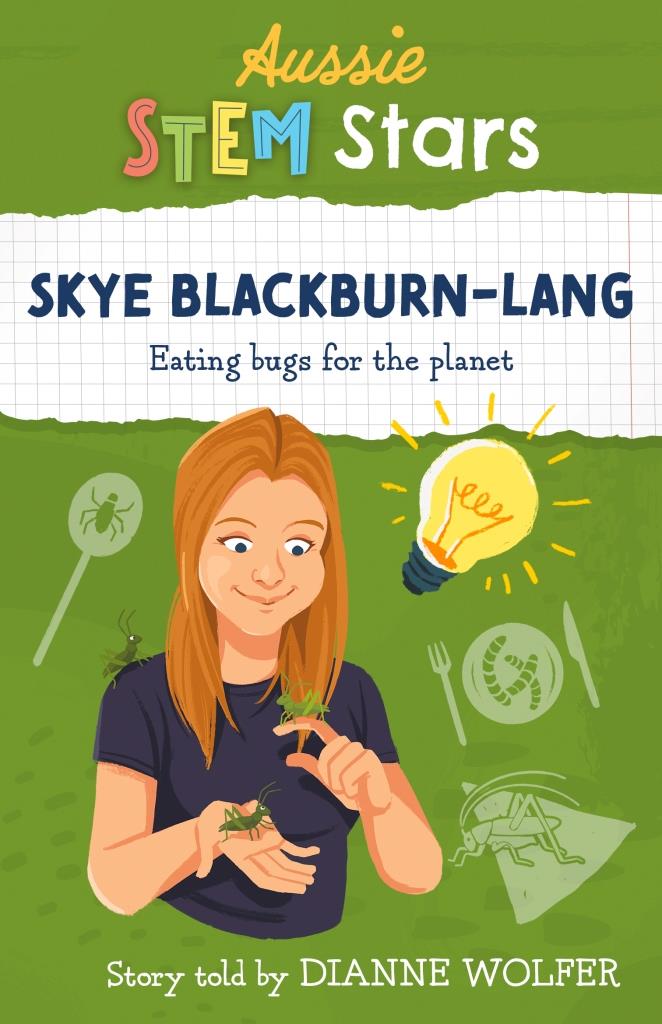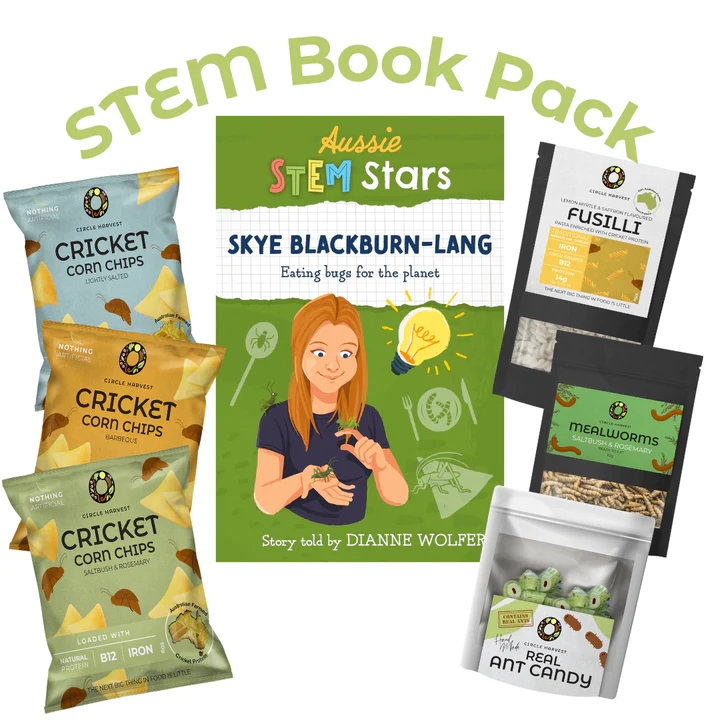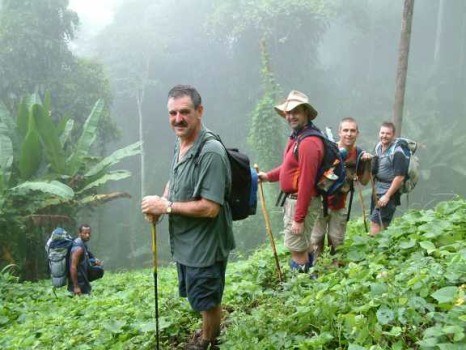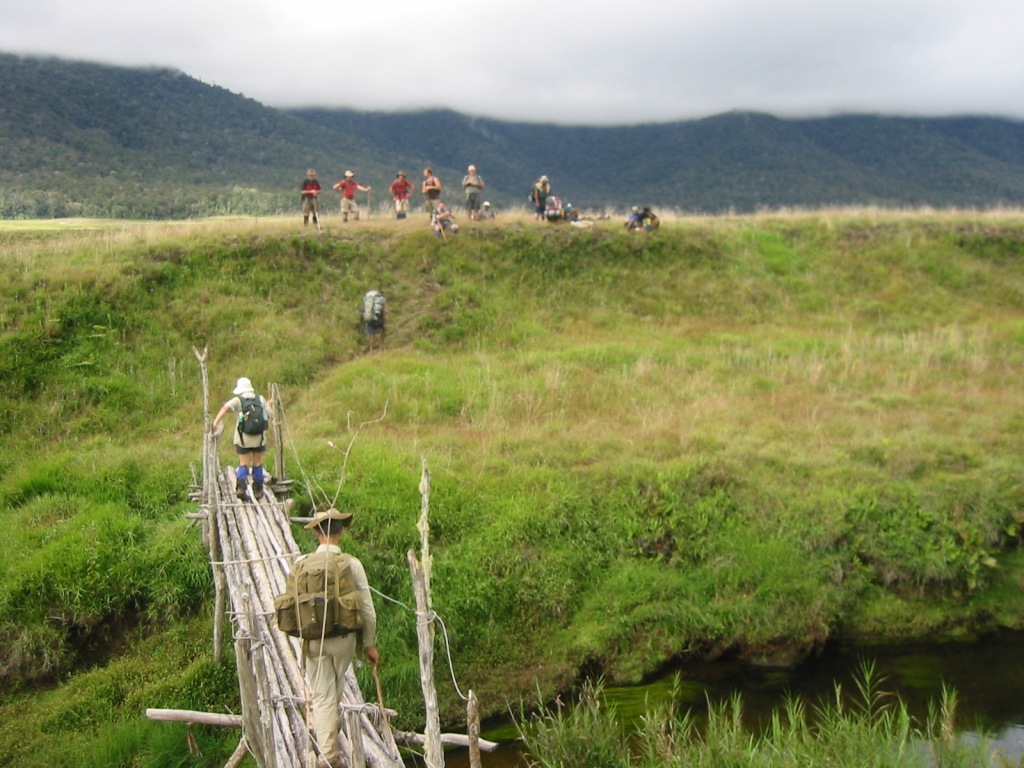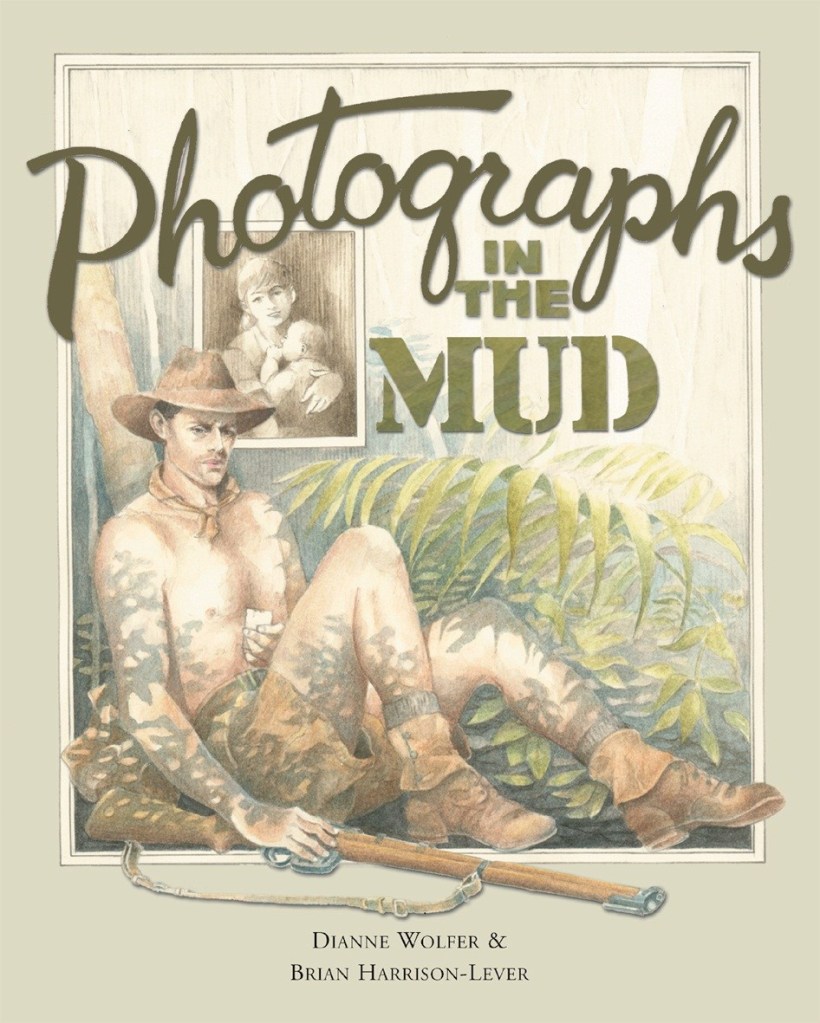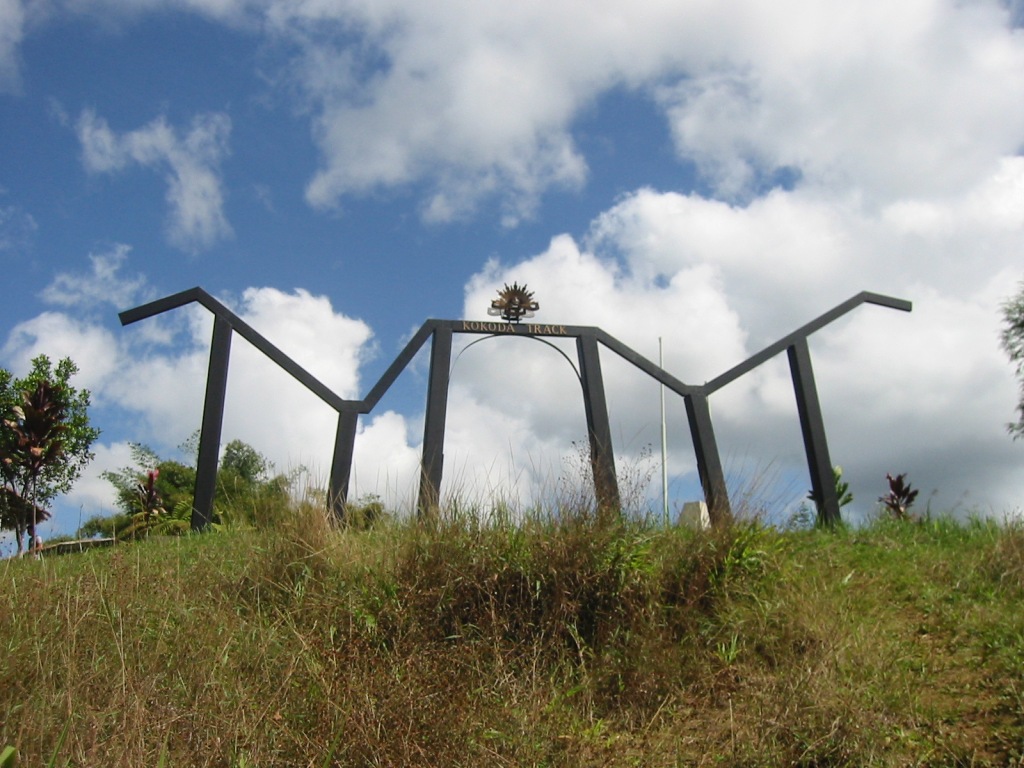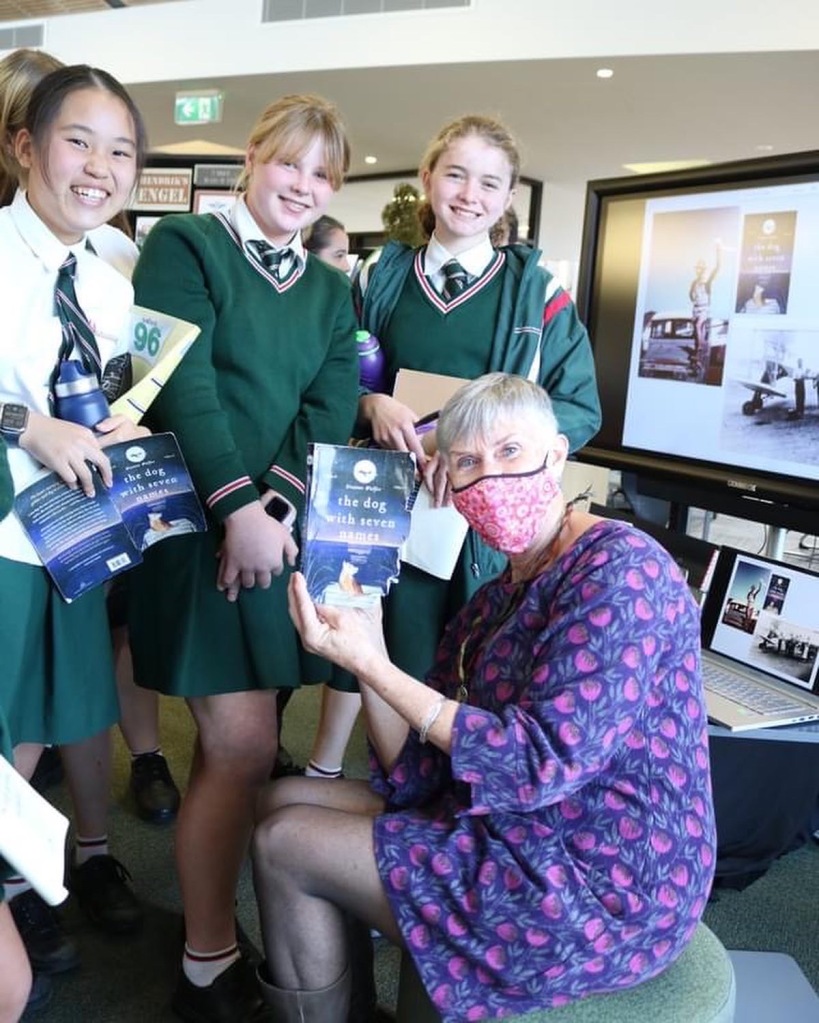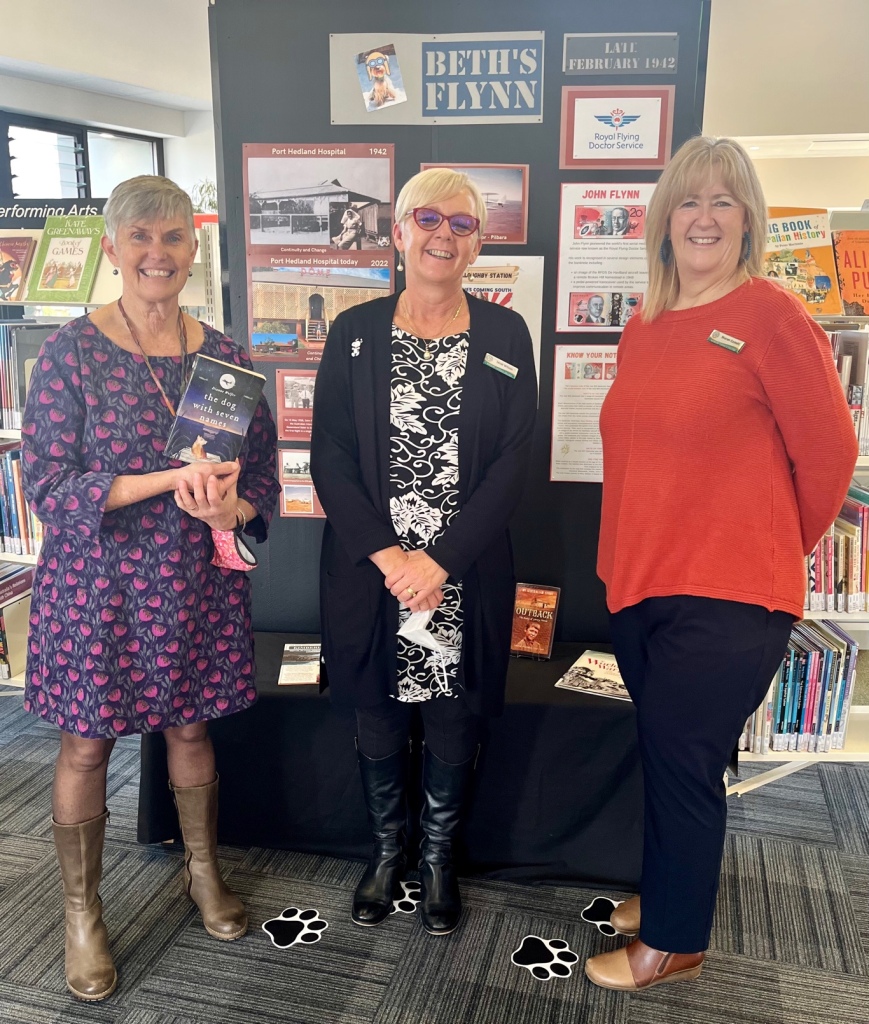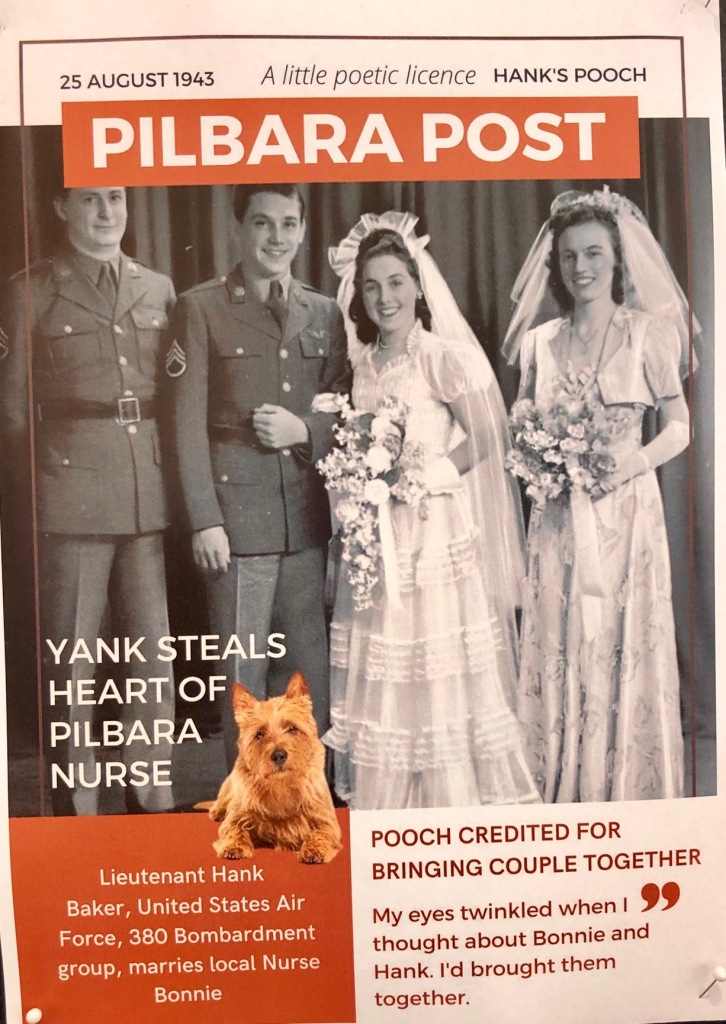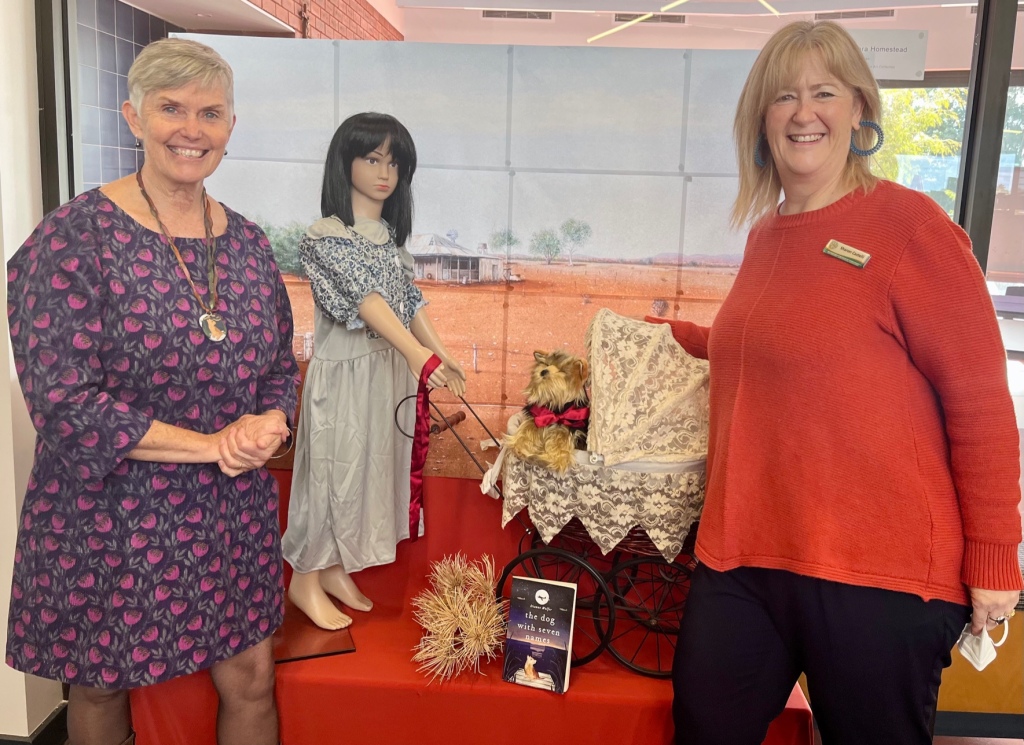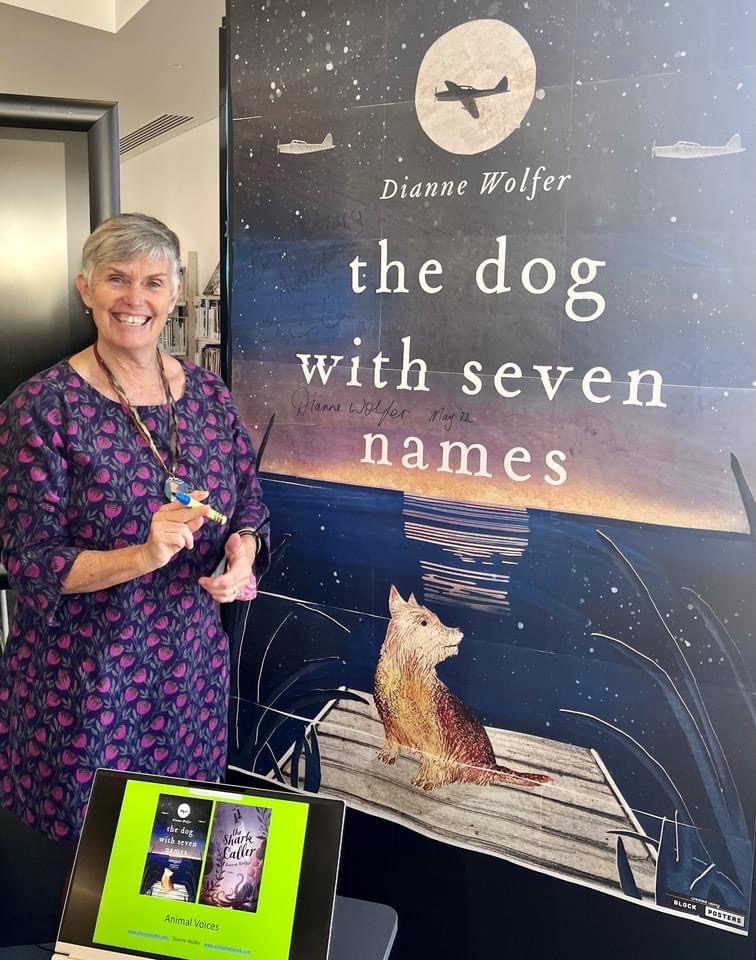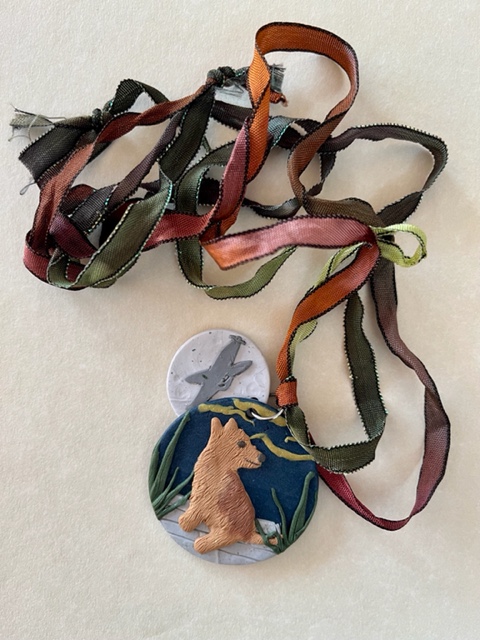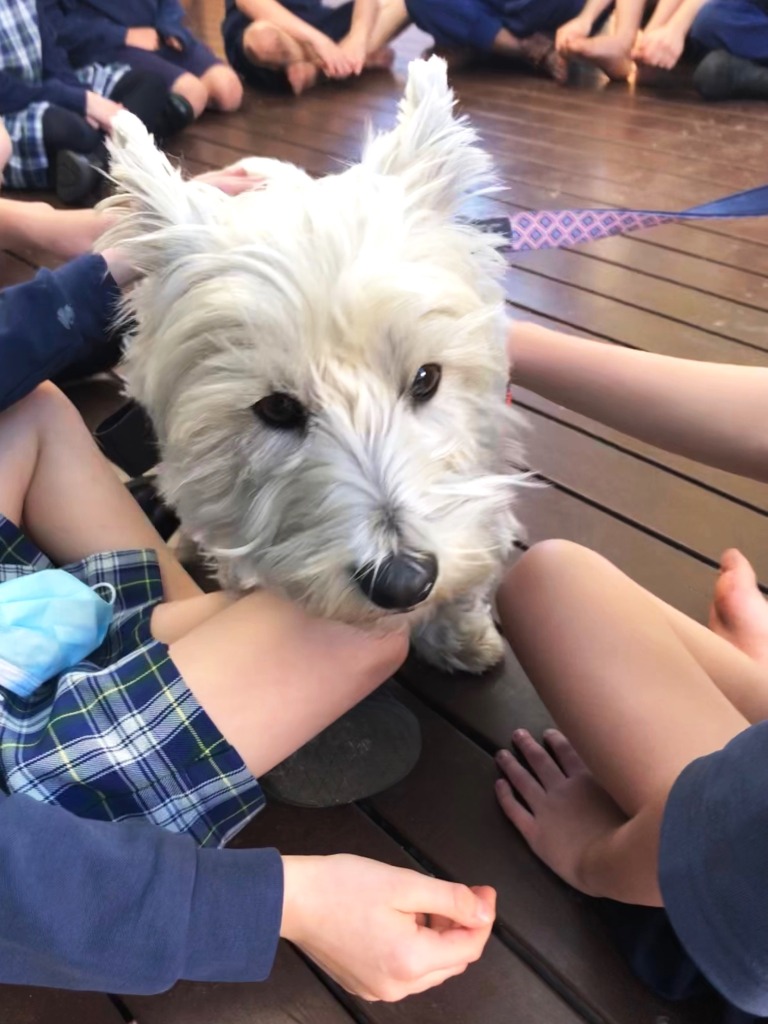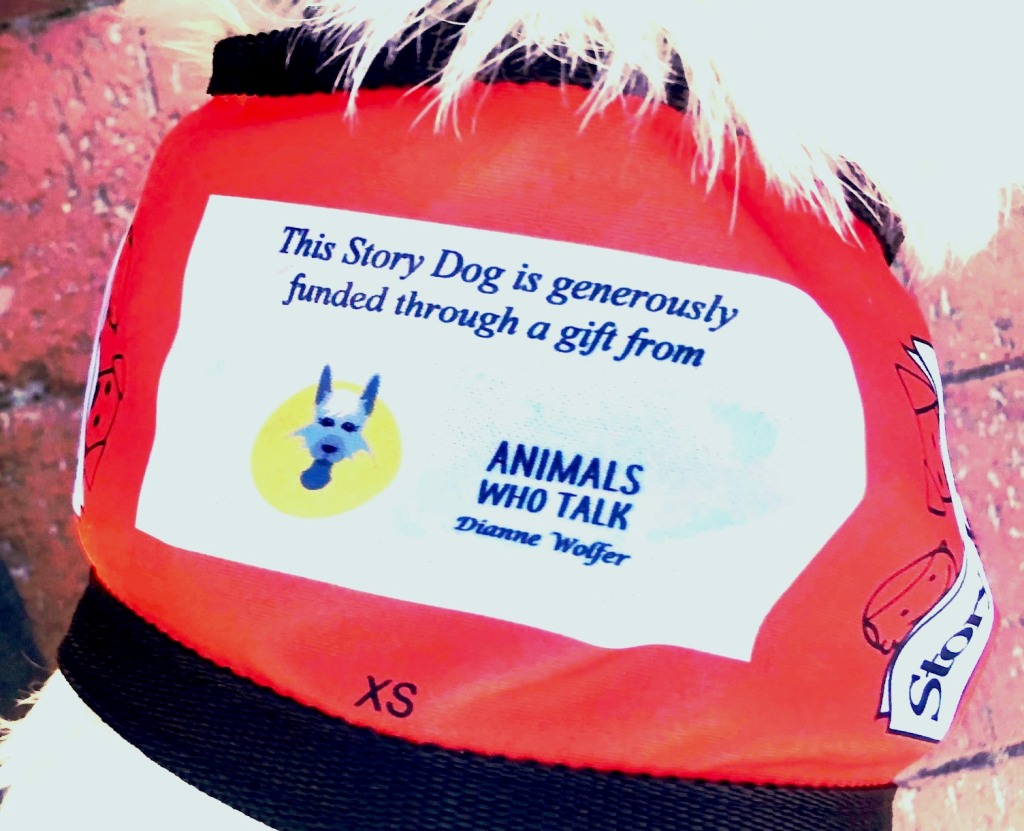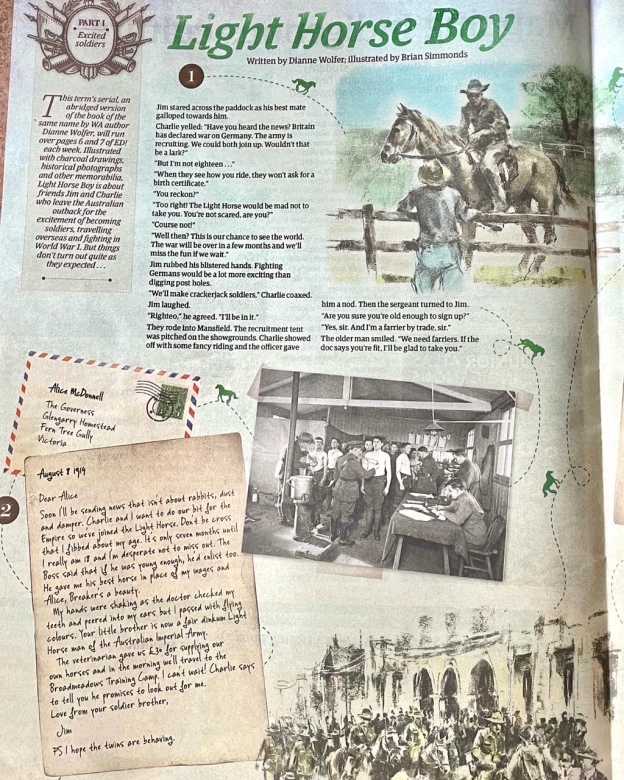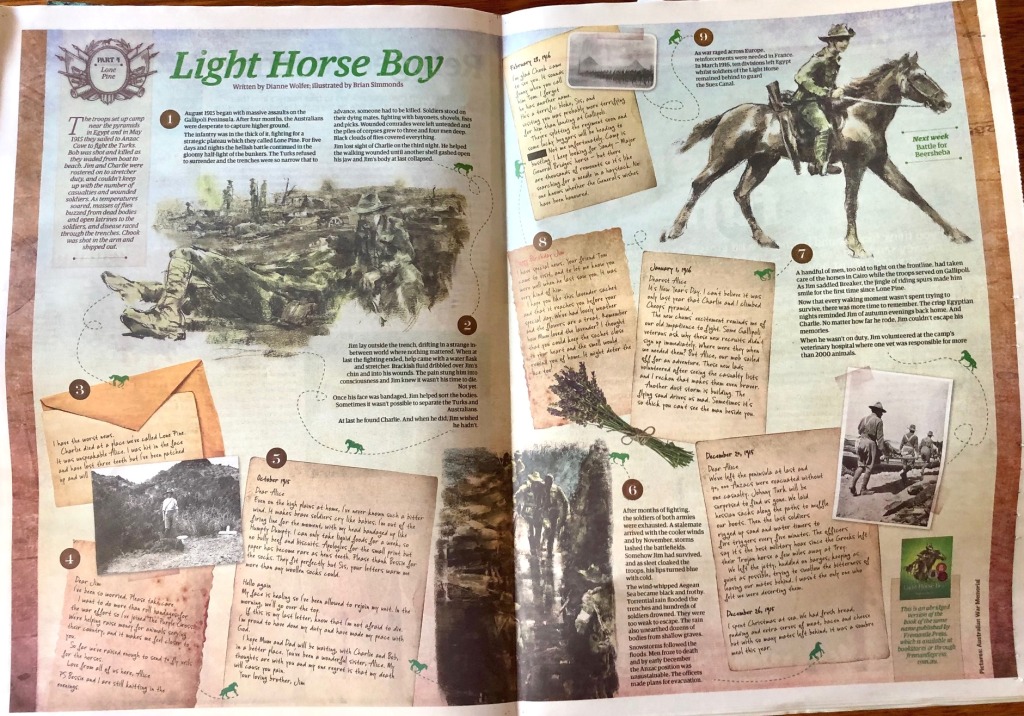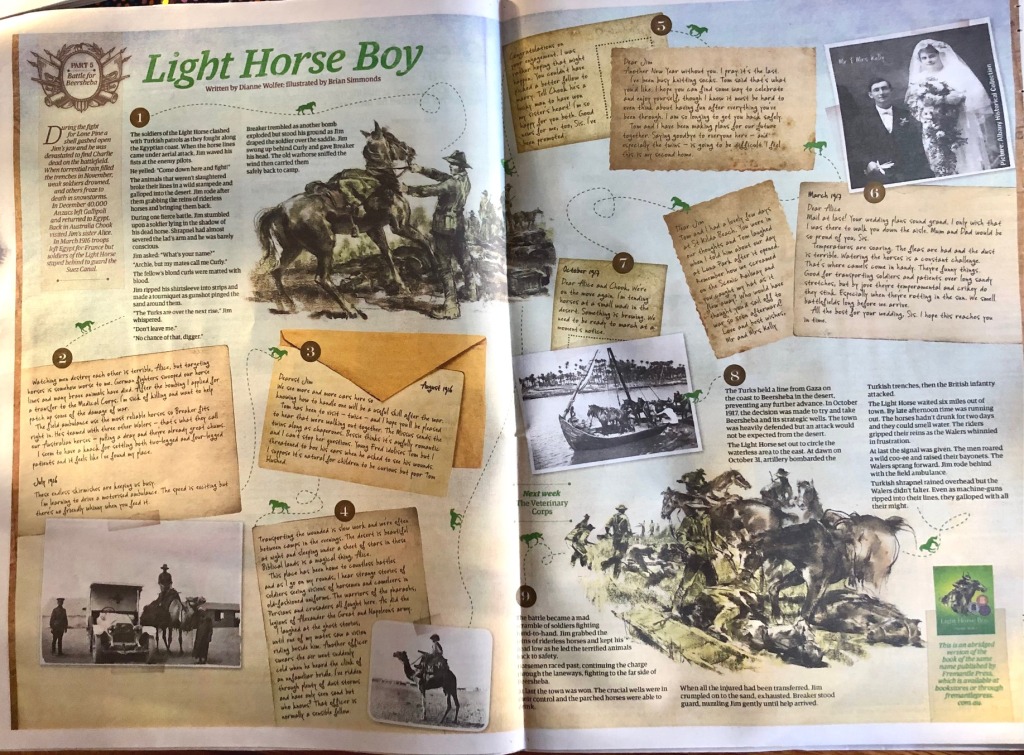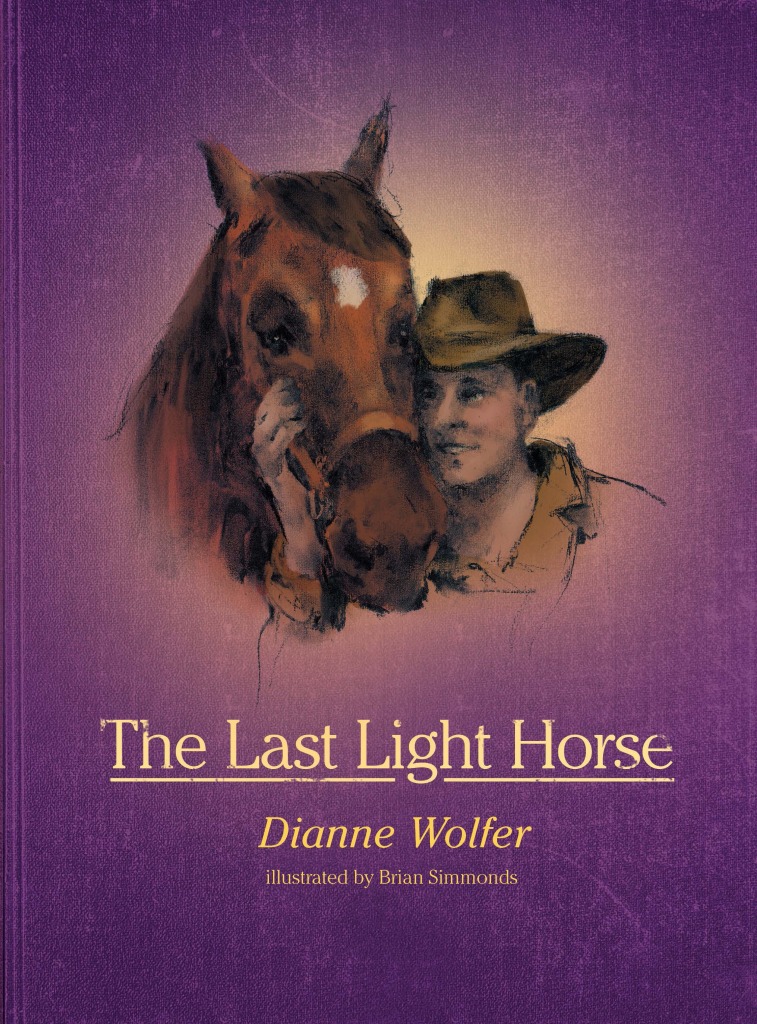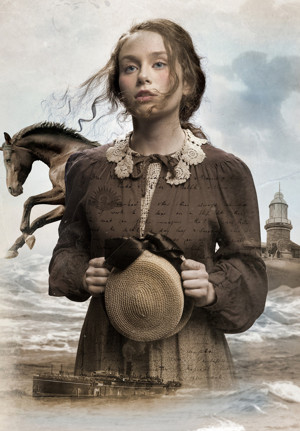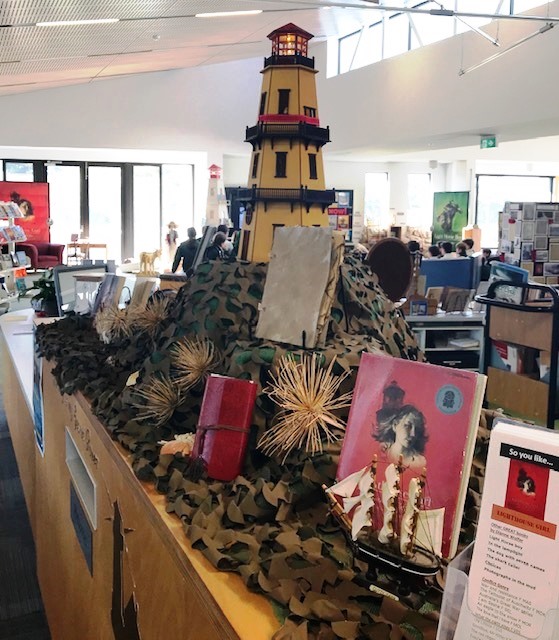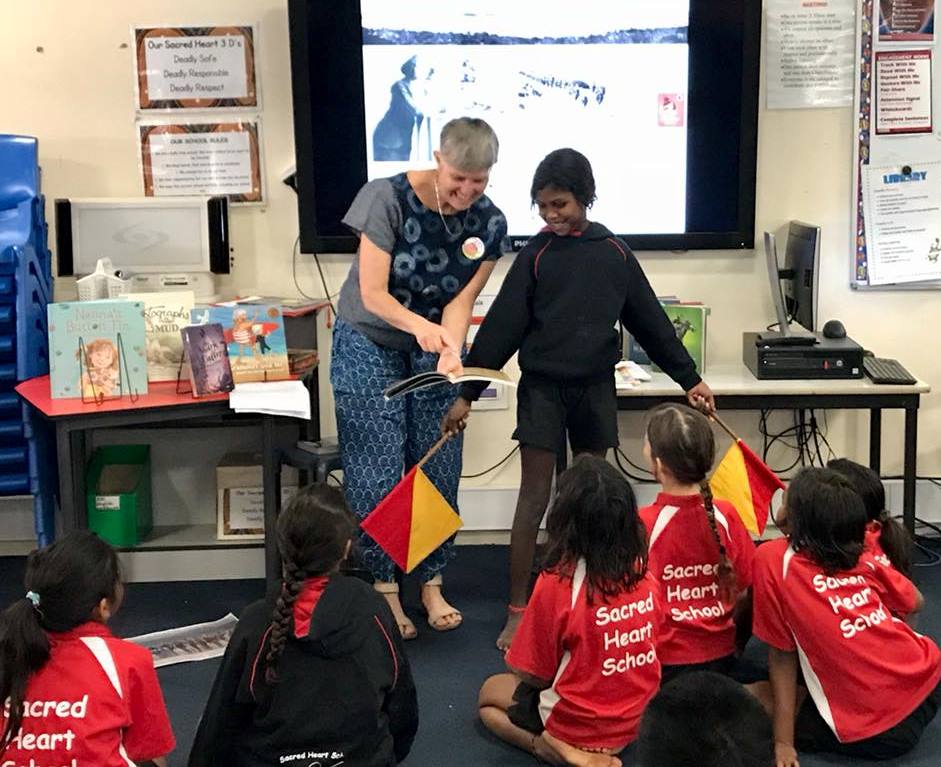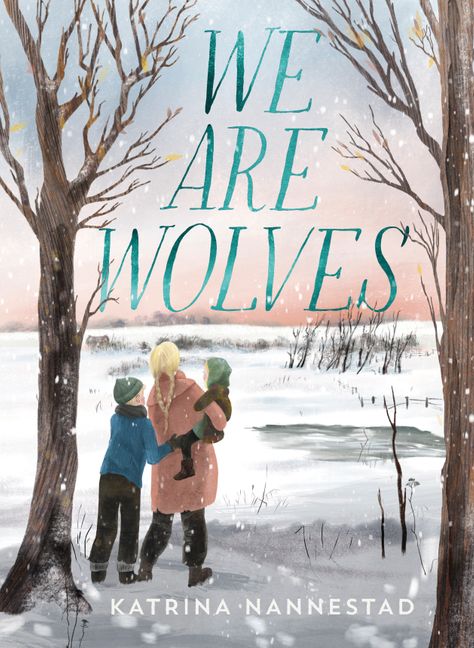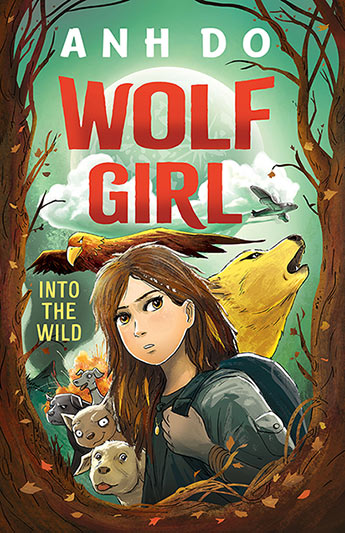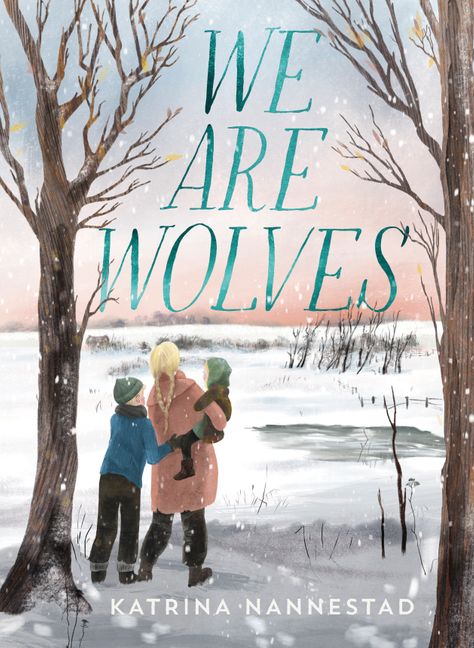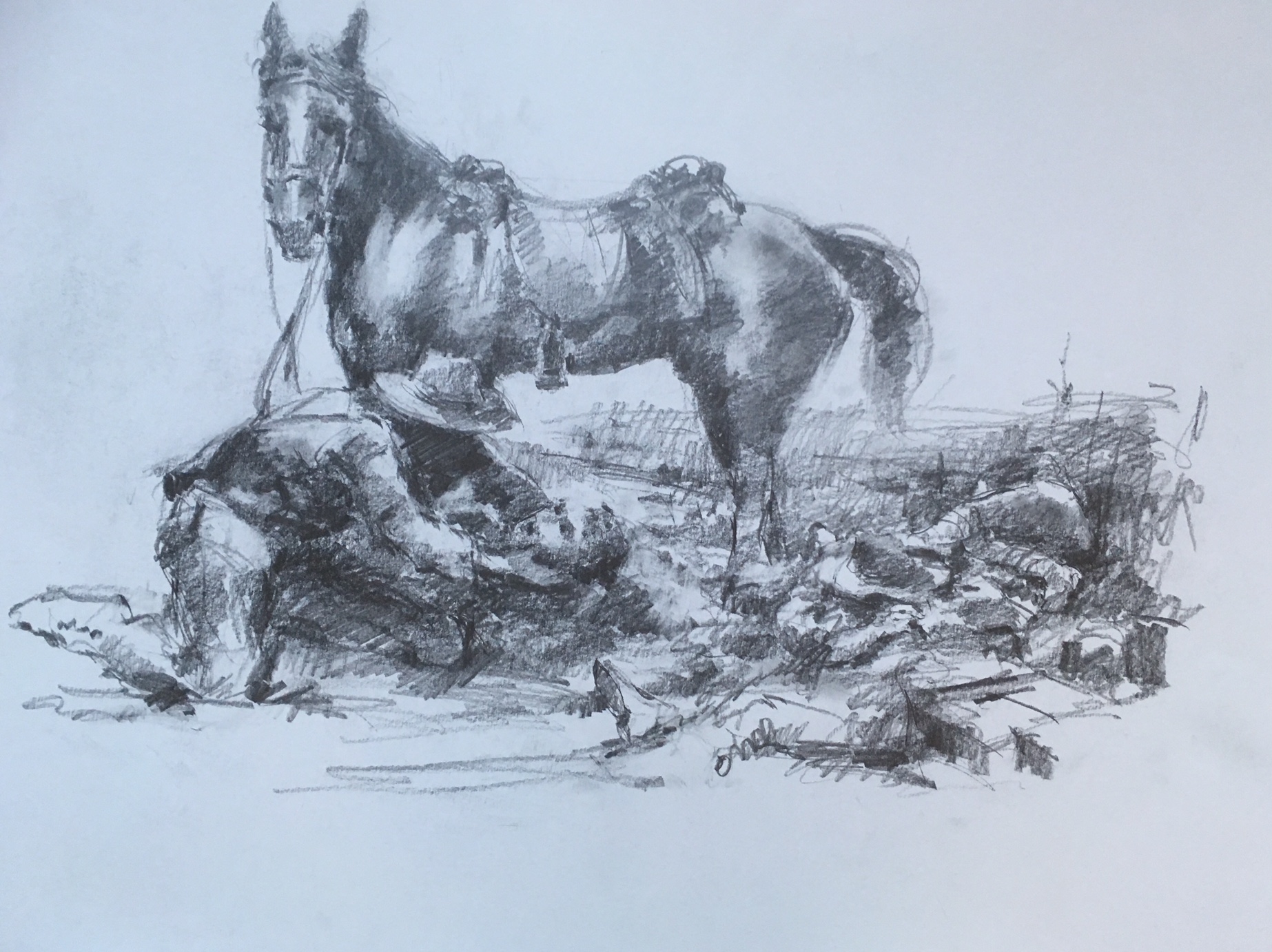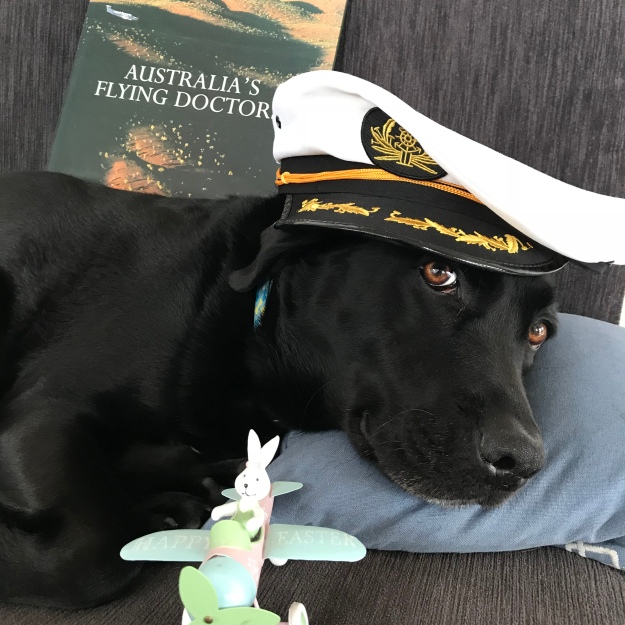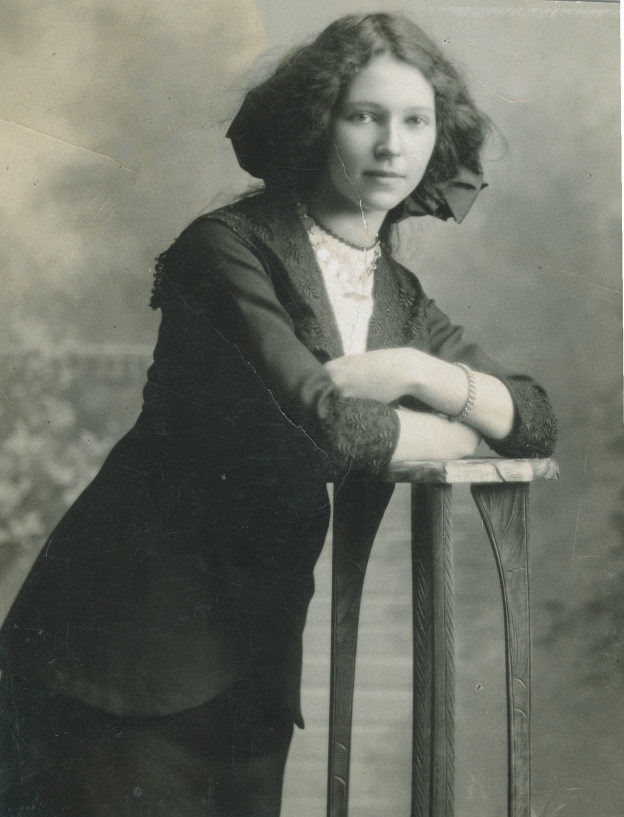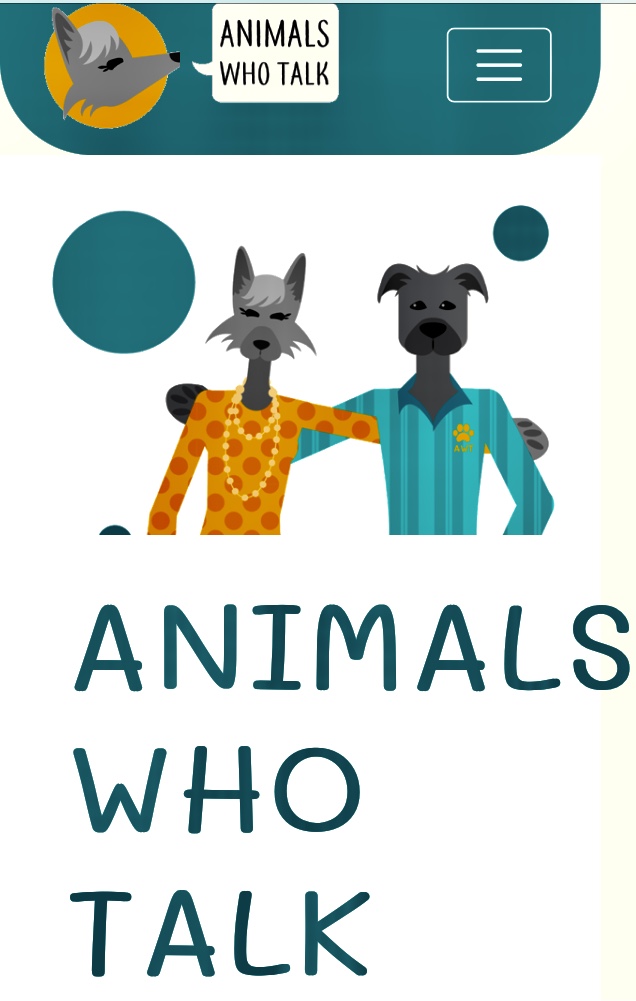It’s been a very long while between blog posts, apologies!
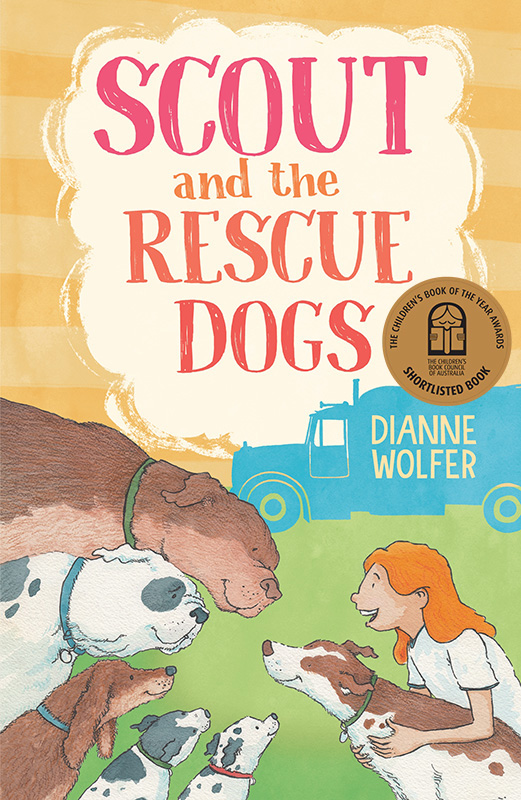
The good news is that I’ve been busy writing and have some exciting projects in the pipeline. More about those soon.
In the meantime, I’m thrilled to share that Scout and the Rescue Dogs has been honoured with a Children’s Book Council of Australia shortlisting. For those not working in KidLit, it’s a huge and wonderful thing.
In the buildup to Children’s Book Week, schools across Australia make amazing library displays that will include Scout. Young ‘shadow judges‘ will discuss the stories, choose their own winners, and do fun activities based on each book.
But that’s not all… Scout and the Rescue Dogs has also been shortlisted for the West Australian Young Readers’ Book Awards. And, one of my favourites, Granny Grommet and Me, is back.
Fremantle Press has brightened the cover and published this story about surfing grannies in a smaller format that’s perfect for small hands. Since it was last in print, there are dozens more Granny Grommets braving the surf in Kinjarling Albany, and dozens more young grommets as well. Check out some of the clips and photos of the real GGs on this page.
Between all this excitement, I’ve been writing and editing, and early next year, I’ll have three new titles coming out. Two picture books, each with an amazing illustrator, and a biography/novel about an inspirational Australian. I’ll be posting about them soon.
In other news, I’ve jumped on board Shepherd, a great site where authors recommend five books linked to a topic. My first list is called The Best Books with an Important Octopus Character. It’s inspired, of course, by the octopus characters in my novel The Shark Caller. One is a giant gatekeeper, and the other is Izzy’s frightening adversary. Browsing Shepherd is addictive, in that one link leads to another and another and another … I’ve added so many titles to my reading stack!
Well, back to the editing for me. My next post will focus on Anzac books and activities. All the best for now.

